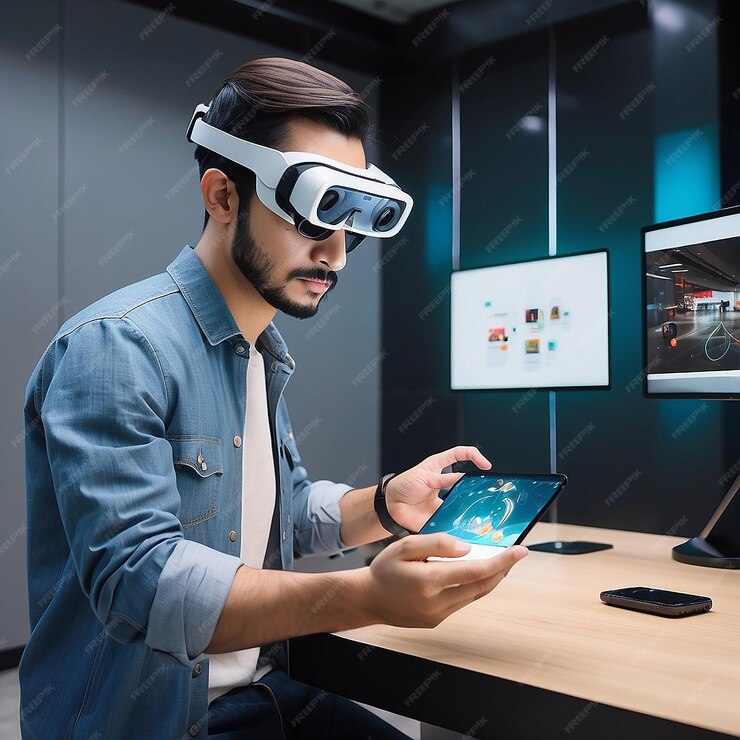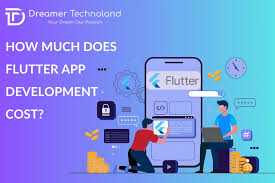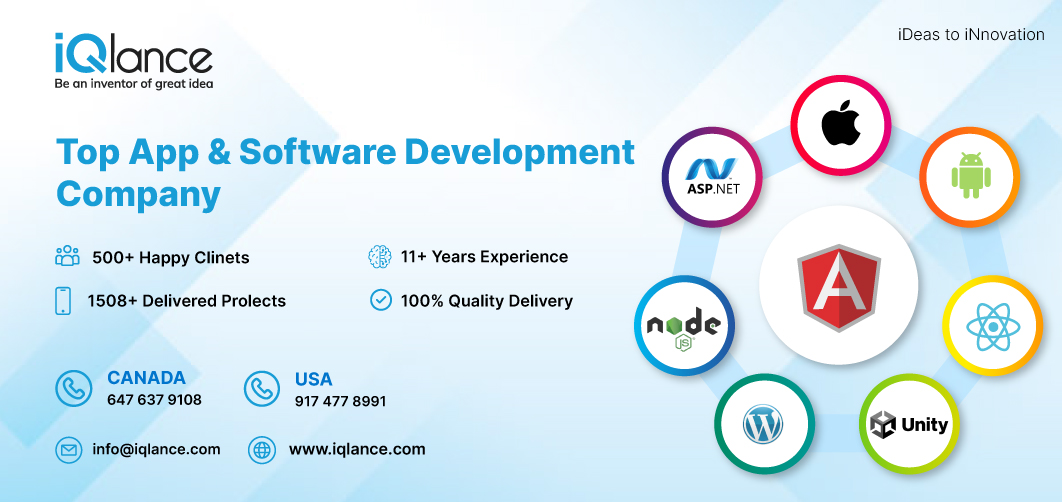The Future of Vision Pro App Development: Trends to Watch

Strong 8k brings an ultra-HD IPTV experience to your living room and your pocket.
Vision Pro, Apple's cutting-edge mixed reality (MR) headset, has created a buzz among developers and tech enthusiasts. With the potential to revolutionize gaming, education, healthcare, and beyond industries, the Vision Pro headset is expected to open doors to innovative app development. In this article, we will explore the emerging trends in Vision Pro app development that developers and businesses should be aware of to stay ahead of the curve.
✍️ If you are planning to launch a startup or grow your digital presence, our in-depth guide on app development explains how mobile and web apps are designed, coded, and deployed to reach millions of users worldwide.
What Is Vision Pro?
Before diving into future trends, it's essential to understand what Vision Pro is. Vision Pro is Apple’s highly anticipated MR headset that blends augmented reality (AR) and virtual reality (VR) elements, allowing users to interact with the digital and physical worlds simultaneously. This device marks Apple’s serious entry into the MR space, positioning it to compete with other major players in the AR/VR market.
Vision Pro features advanced display technologies, spatial audio, eye-tracking, and gesture recognition, which offer unique opportunities for developers to create immersive and interactive apps. As the Vision Pro ecosystem grows, developers need to stay informed about emerging trends that will shape the future of app development for this device.
1. Immersive Experiences with Spatial Computing
Spatial computing is a core feature of Vision Pro, enabling apps to understand and interact with the user's environment. This capability is likely to become a central trend in Vision Pro app development. By utilizing spatial awareness, developers can create apps that recognize objects, surfaces, and environments, allowing for highly immersive experiences.
For example, in a Vision Pro gaming app, players can engage in a game where virtual elements seamlessly blend with the real world. Beyond gaming, spatial computing will likely be adopted in education, healthcare, and design, allowing for interactive learning, remote healthcare consultations, and 3D design tools that offer more precise control.
How developers can leverage spatial computing:
Create interactive, context-aware apps: Use spatial awareness to allow apps to interact with the physical world, adapting based on the user’s environment.
Enhance user experiences in diverse fields: Explore use cases in education (e.g., virtual labs), healthcare (e.g., AR-assisted surgeries), and design (e.g., virtual 3D modeling).
2. AI-Enhanced App Development
Artificial Intelligence (AI) will play a significant role in enhancing the Vision Pro app development process. AI can be integrated into apps to offer real-time user assistance, personalized experiences, and advanced analytics. Vision Pro’s powerful sensors and machine learning capabilities allow developers to incorporate AI-based interactions, making apps smarter and more responsive.
AI can also assist in app design and development, providing predictive suggestions for user interfaces, optimizing performance, and improving functionality.
Key AI trends in Vision Pro app development:
AI-driven personalization: Apps will tailor content, recommendations, and interactions based on individual user preferences and behaviors.
Enhanced user interfaces: AI will facilitate voice and gesture recognition, offering a more intuitive way for users to interact with Vision Pro apps.
Automated processes: AI tools will assist developers in automating testing, code generation, and performance optimization.
3. Collaborative and Remote Work Solutions
Vision Pro can potentially reshape how people collaborate and work remotely. By enabling real-time interaction between team members regardless of location, Vision Pro can create immersive, virtual workspaces That can enhance team collaboration and productivity.
Future app development for Vision Pro is likely to see a surge in applications that cater to remote and hybrid work environments. This includes virtual meeting platforms, collaborative design tools, and immersive learning solutions. Developers can create apps that allow users to interact with digital whiteboards, hold virtual brainstorming sessions, or even attend virtual training programs—all while using the Vision Pro headset.
Benefits for businesses and developers:
Enhanced productivity: Virtual workspaces will offer a new level of collaboration and efficiency, especially for businesses with distributed teams.
Virtual collaboration tools: Developers can create apps that replace or augment traditional collaboration software with immersive, real-time interactions.
4. Cross-Platform Integration and Interoperability
As Vision Pro enters the market, its success will depend partly on how well it integrates with existing ecosystems. Developers will increasingly focus on creating cross-platform apps that seamlessly work with other Apple devices (like iPhones, iPads, and Macs) and third-party services.
Vision Pro app development will require a focus on interoperability, ensuring that apps can transition smoothly across devices. For example, users might start a task on their iPhone, continue it on their Mac, and then experience it in mixed reality on their Vision Pro headset.
Key takeaways:
Multi-device experience: Developers will need to consider how Vision Pro apps interact with other Apple devices to create a cohesive user experience.
Third-party compatibility: Seamless integration with third-party platforms and services will be crucial for widespread app adoption.
5. Augmented Reality in Healthcare
Healthcare is one of the industries that stand to benefit significantly from Vision Pro. AR apps for Vision Pro can provide healthcare professionals with real-time data, enhanced imaging, and even virtual simulations for training purposes.
Medical professionals can use Vision Pro to visualize patient data, conduct remote consultations, and access 3D models of organs or systems. This immersive technology can revolutionize patient care, making diagnoses and treatments more accurate and accessible.
How AR will impact healthcare:
Enhanced medical training: Medical professionals can use AR-based apps to perform simulations and practice procedures in a virtual environment.
Remote diagnostics and telemedicine: Vision Pro apps can facilitate remote consultations by allowing doctors to examine patients in real-time, with virtual overlays of medical data.
6. Focus on User-Centric Design
Vision Pro will push developers to create apps with a focus on user-centric design. Given the immersive nature of MR, the importance of intuitive, easy-to-navigate interfaces is even more critical. Developers will need to design interfaces that are visually appealing and functional while considering user comfort in a 3D space.
Gesture recognition, voice commands, and eye-tracking will be essential components of user interaction, necessitating careful design considerations to ensure a smooth and engaging experience.
Design trends to watch:
3D interface design: Developers will need to master designing in 3D spaces to create immersive apps that are easy to navigate.
Accessibility: Making apps accessible to users with varying needs will be a growing trend, particularly as MR technology becomes more widespread.
Conclusion
Vision Pro app development is set to transform various industries, with trends such as spatial computing, AI integration, cross-platform compatibility, and healthcare innovation driving the future of this technology. Developers will need to stay agile and adaptable to harness the full potential of the Vision Pro headset. As the MR ecosystem evolves, those who prioritize user experience, cross-platform functionality, and cutting-edge technologies will stand out in the competitive landscape.
FAQs
1. What is Vision Pro?
Vision Pro is Apple's mixed reality headset that blends elements of augmented reality (AR) and virtual reality (VR) to create immersive experiences.
2. How will AI impact Vision Pro app development?
AI will enhance Vision Pro apps by offering personalized experiences, predictive user interfaces, and automated processes like testing and code optimization.
3. What industries will benefit from Vision Pro app development?
Vision Pro app development is expected to significantly benefit industries such as gaming, healthcare, education, design, and remote work.
4. What role does spatial computing play in Vision Pro apps?
Spatial computing enables apps to recognize and interact with the user’s environment, allowing for immersive, context-aware experiences in various settings.
5. How can businesses use Vision Pro for collaboration?
Businesses can use Vision Pro to create virtual workspaces, enhancing team collaboration, remote work, and training sessions in an immersive environment.
Note: IndiBlogHub features both user-submitted and editorial content. We do not verify third-party contributions. Read our Disclaimer and Privacy Policyfor details.







